NTG’s 10 Cybersecurity Protection Layers
Cybersecurity is a global concern, with bad actors using the internet to target unsuspecting users. To fight back against these malicious attacks, it’s important to use a comprehensive approach that combines multiple prevention methods. Such practices can help reduce the risk of data breaches, identity theft, and ransomware threats. The cybersecurity experts at NTG in Tampa have created a short guide to our essential 10 cybersecurity layers of protection. By implementing these solutions in combination with one another, you can ensure that your digital assets are kept safe from potential threats.
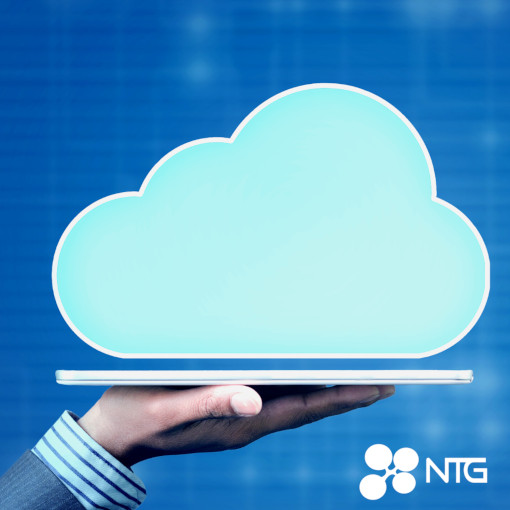
1. Install Antivirus
Anti-Malware software is a crucial layer of cybersecurity that protects your devices against malicious and harmful files and programs. By regularly updating the software and running scans, you can ensure that the virus catalogs are up to date so your devices remain secure. Installing anti-malware software on your computer can help detect, quarantine, and remove various types of malware before they have a chance to cause harm. With regular monitoring and updates, anti-malware software is an essential tool for maintaining strong security protection.
2. Keep software updated
Keeping your software up-to-date is one of the most important steps towards a solid cybersecurity posture. Newer versions of software often address vulnerabilities that may have been exposed in older versions, closing the door to malicious attacks. This process is known as patching, and it helps protect your computer from viruses and malware exploits that could cause significant damage. Regularly patching your software will help keep you safe and secure online. Make sure to regularly check for updates and keep your system secure.
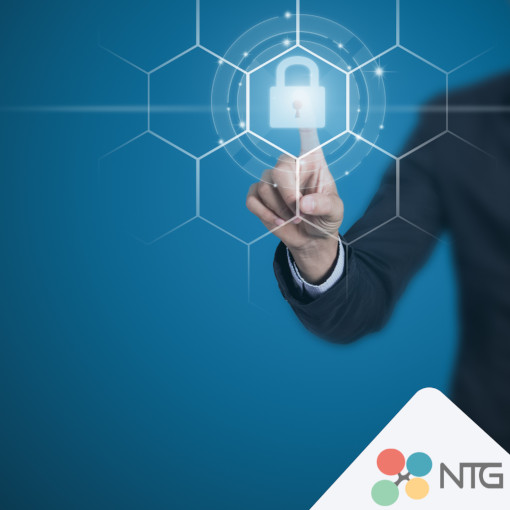
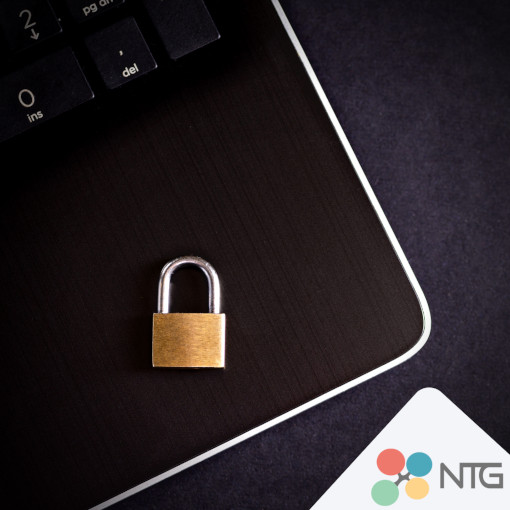
3. Use Multi-Factor Authentication
Multi-Factor Authentication (MFA) is an important layer of cybersecurity that helps protect your data and accounts from hackers. MFA requires more than just a username/password combination to log in – it adds another level of protection by requiring a secondary authentication such as a text message, email or token. This additional step significantly increases the difficulty for hackers trying to gain access to sensitive information. By implementing MFA, web services are able to securely store their sensitive data and give users peace of mind knowing their data is safe. So if you’re looking for an extra layer of security, be sure to take advantage of MFA technology.
4. Set Strong Passwords
When it comes to cybersecurity, passwords are one of the most important defense mechanisms for protecting your personal information. To ensure you stay secure online, follow this guide created by the cybersecurity experts at NTG in Tampa, and update them every few months. Consider creating passwords in the form of sentences or phrases rather than single words with a number at the end – while they may be easier to remember, they can also be easily guessed. Never share your password with anyone or use the same password across multiple accounts. Finally, we recommend using a secure password manager to store and keep track of any sensitive credentials. This allows you to create unique passwords for each site without having to remember them all.
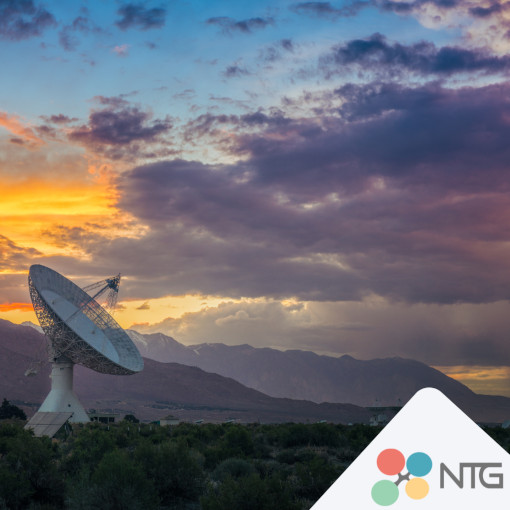

5. Use Encryption
Encryption is a vital part of cybersecurity and should be used to protect sensitive information. Encryption involves taking plain text, such as passwords or credit card numbers, and scrambling it into an unreadable format called “ciphertext.” This makes it much harder for someone to access the data without authorization, ensuring that your personal information remains secure in transit over the internet. Many legitimate websites use SSL (Secure Socket Layer) certification as another form of encryption to ensure that data is not accessed by anyone who shouldn’t have access to it. Using encryption can help you protect your data and stay safe online.
6. Back up Data
Data must be safeguarded to protect against potential cyber threats. A great way to ensure your valuable information is secure is by regularly updating your data on removable devices or through a Cloud-based storage platform. Not only can these options add an extra layer of cybersecurity protection, they can also help you avoid losing important files due to hard drive failure. Furthermore, with technology advancements, it’s becoming increasingly affordable to use cloud-based data storage solutions. If you need help choosing a cloud computing service, the IT experts at NTG in Tampa created this helpful guide, or contact us directly. Backing up your data on multiple storage devices is the best way to safely store and safeguard your sensitive information for future use.
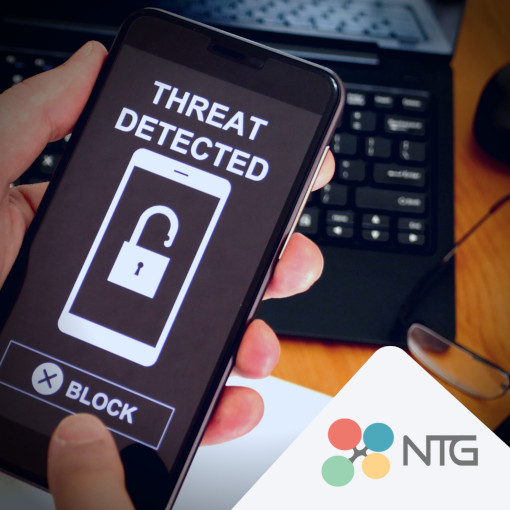
7. Lock your devices
Be sure to lock your device if you leave it unattended. Data breaches happen in moments of carelessness. A computer or cell phone left unlocked and unattended contains a treasure trove of personal, confidential data that you wouldn’t want in the hands of an untrustworthy person. Configure your devices to lock automatically. This will make it more difficult to access private information.
8. Recognize Phishing Scams
An increasingly common way fraudsters try to gain access to your personal information is by using phishing scams. Phishing emails purport to be from a trusted source and contain links that direct you to spoof websites, which are set up with the intent of capturing any personal data you enter. It’s important to always stay vigilant when dealing with any email communication, as this is one of the most common methods scammers use for identity theft purposes. If an email looks suspicious or contains misspellings and grammar errors, it’s best not to open it at all. Check out our blog post about how to easily identify and protect yourself against phishing scams, written by NTG’s top cybersecurity experts.
9. Secure IOT Devices
Cybersecurity should be a top priority for any organization using Internet of Things (IoT) devices. Unfortunately, attackers are looking to exploit these devices and gain access to sensitive data. If compromised, they can be used to carry out additional attacks or even form part of criminal networks. To protect your business from such security threats, it is essential that you have strong passwords in place and that your IoT devices are secured. NTG’s top IT experts in Tampa have created a helpful guide on how to secure your IoT devices. Investing in cybersecurity now could save your organization thousands of dollars down the line, and working with a cybersecurity managed services provider like NTG is the simplest way to cover all your bases and eliminate your cybersecurity concerns.
10. Limit the number of Admin accounts
Using multiple admin accounts for everyday activities carries a huge security risk. These user accounts bear more privileges than regular users, meaning that a malicious actor who gains access to the account can make changes on system-level or even gain control of your network. To maximize cybersecurity, organizations should restrict day-to-day use to non-privileged accounts and keep the number of admin-level accounts to a minimum. This way, if one account is compromised, it will significantly limit the permissions available and minimize the chance of infection due to human error. Investing in robust cyber defenses is essential for any organization in order to protect their data and networks from potentially devastating attacks. Taking proactive steps such as restricting administrative privileges can go a long way in protecting against malicious actors.
Effective cybersecurity requires a multi-layered approach to mitigate risk and prevent compromise. Cyber hygiene is a combination of best practices designed to increase security posture and reduce the likelihood of successful cyberattacks. Practicing good cyber hygiene can be overwhelming, but the payoff is immeasurable. The cybersecurity experts at NTG in Tampa provide world-class service to clients all over the country, including the Pentagon. Our team is happy to assist in implementing basic cyber hygiene habits, which can go a long way in ensuring your network remains secure. Follow these steps and contact a reputable cybersecurity managed services provider, like NTG, to make sure you have a comprehensive plan in place.
